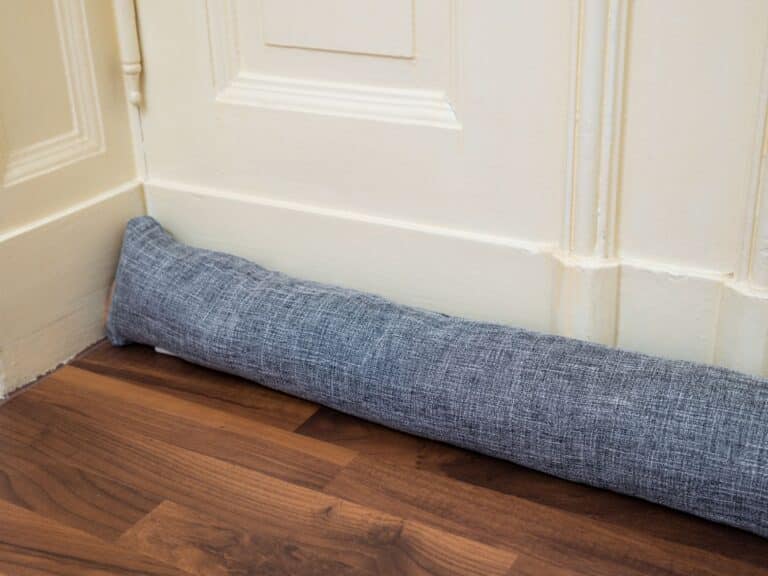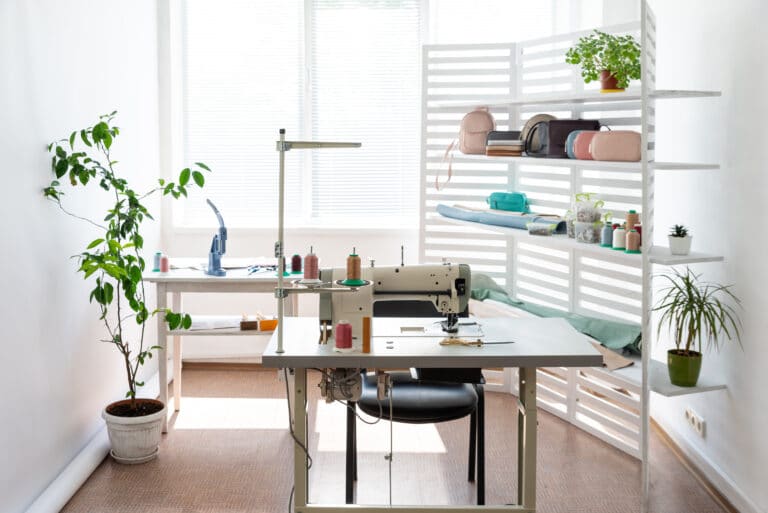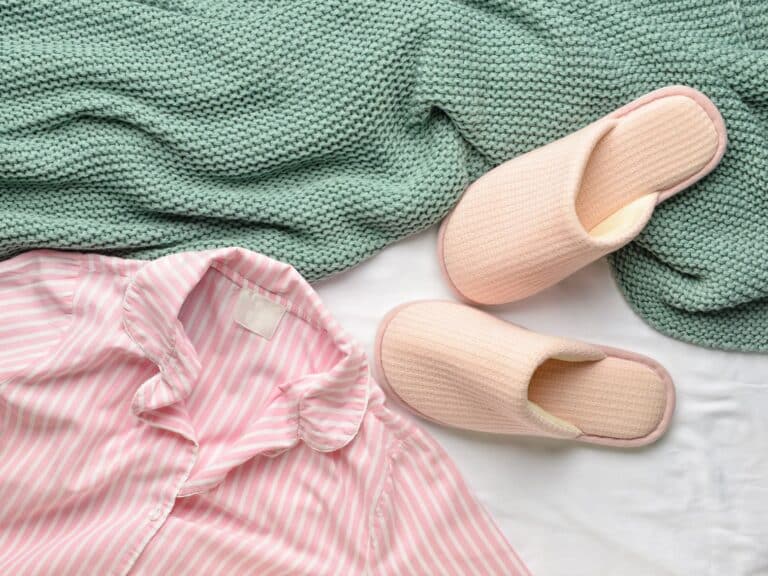How To Reuse Sewing Patterns
Some of the links below are affiliate links. As an Amazon Associate I earn from qualifying purchases. This means that, at zero cost to you, I will earn an affiliate commission if you click through the link and finalize a purchase.
Are you looking at how to reuse sewing patterns?
There is no denying that people who sew can be very protective of their stuff from patterns and fabric to tools and gadgets. One thing we often find is once we have made something once we can really get a sense of if we like it or not.
It kind of reminds me of finding a t-shirt or dress in a shop and wanting to buy it again and in every colour/pattern possible. When you come across a pattern you have used and like you might be looking at the best ways to preserve it and use it over and over.
So many of us love using a pattern over and over again to create something so similar but something so new. I have a couple I love and want to make them in every fabric and colour possible but I have to preserve my sewing pattern to enable myself to do that.
How To Reuse Sewing Patterns
There are so many ways in which you can reuse a sewing pattern but the most important thing is to make it sturdy and able to last a long time.
The problem with many sewing patterns is that the paper is so thin and flimsy that it is easy to tear and crinkle. You have to be very gentle when using it and for many people they don’t have the space to lay them out completely flat and work from them.
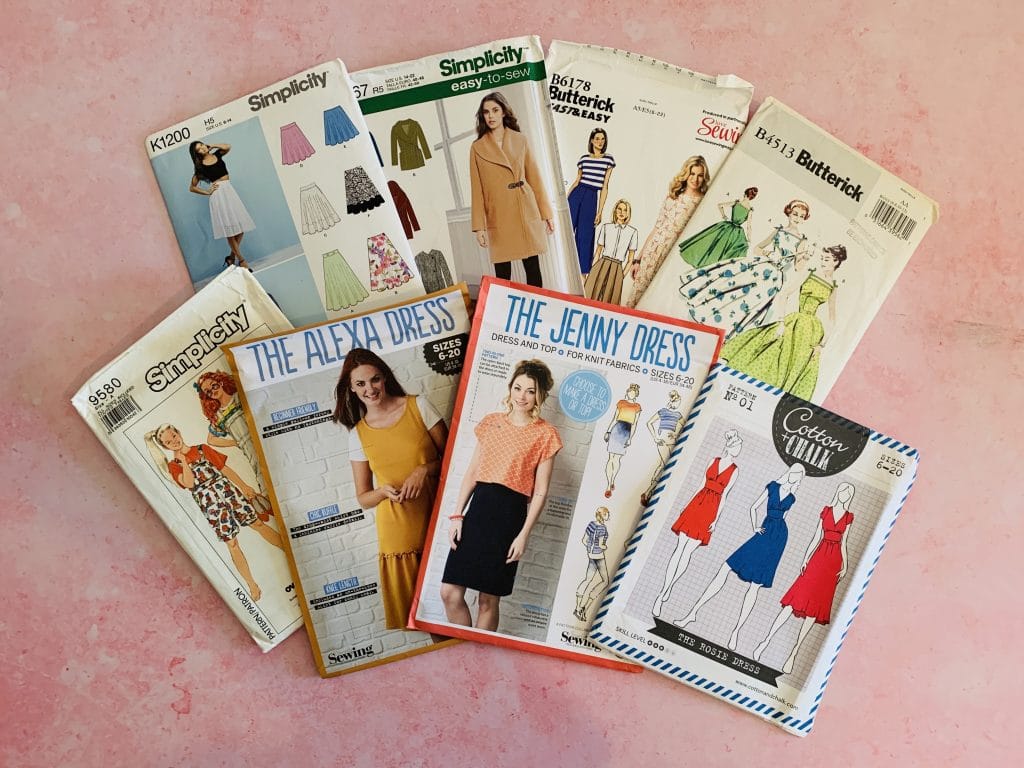
I have this trouble, even with a dedicated sewing space and free reign over the space in our house I still find it hard to find a place which won’t damage a thin paper sewing pattern.
There are a few ways in which you can make you sewing patterns last longer and make them stronger.
Here are my top ways on preserving a sewing pattern and how to reuse sewing patterns.
Store Correctly
One of the most important parts of learning how to reuse sewing patterns is to store them correctly.
Whether you have used them once, not at all or more than 10 times, you have to think about the best way to store sewing patterns.
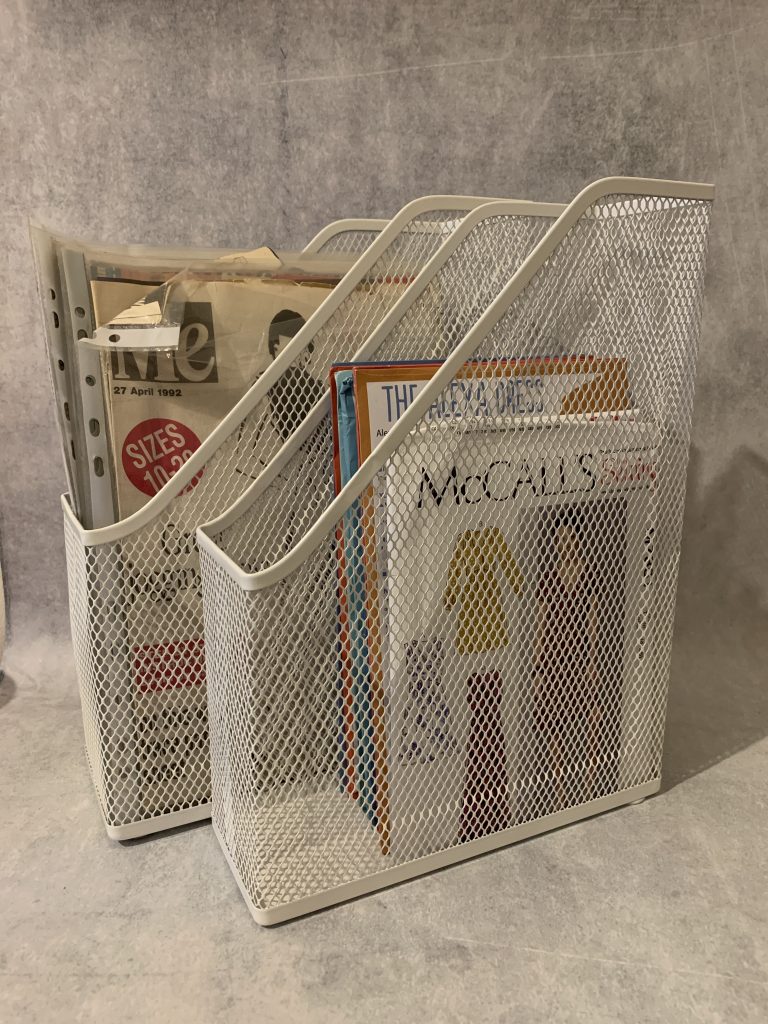
Taking care of your sewing patterns is essential to them lasting a long time and being able to sell them on or use them from time and time again.
I have a number of ways in which I store my sewing patterns, depending on a few different factors. You can read more about my sewing pattern storage here.
Trace The Original Pattern
One of the best ways of making your sewing pattern last longer or even forever (maybe not forever but you get my drift) is to make a copy of it.
Choose your style of the pattern, the size and trace away. This is perfect if you plan to sell on the pattern or use it again to create a smaller or larger size.
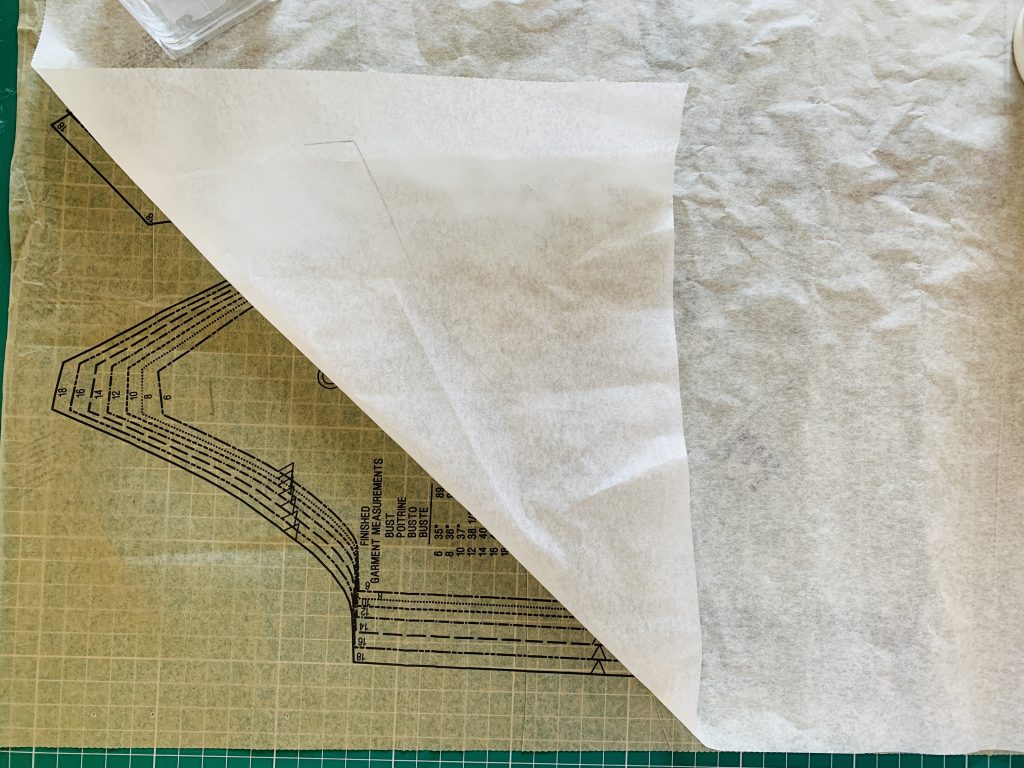
Use a thicker material to trace onto to make it more durable and longer-lasting. I use a roll of paper from Ikea but you can use anything that you want or like to work with.
Tip: If your paper is a little too thick to see through, tape your pattern to the window and then your paper over the top. It is a DIY light table.
Preserve The Pattern With Tape
A popular way to preserve the pattern whether it is the original you have cut out or one you traced is to put tape over the front and back to create a protective layer.
Make sure the tape overlaps to make sure it is fully covered and it won’t rip or get wet easily.
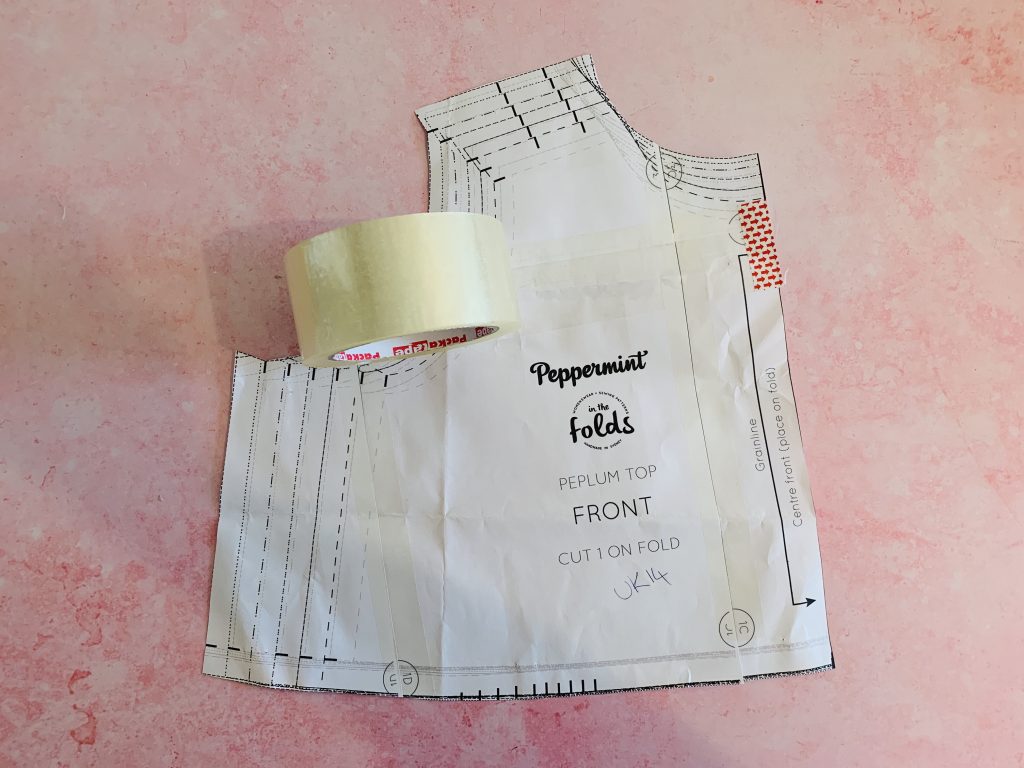
You can even pin through the tape and use those same pin holes time and time again which is great.
The best part is that using clear tape gives you the ability to see the pattern markings and read all the information on the pattern piece you need.
Laminate Your Pattern Pieces
Another great way of preserving your patterns and being able to use them time and time again is by laminating them. I have a laminater but it is only small and would only fit A4 sheets in.

You can get larger ones that are more suitable to A3 size which would be better suited to garment pattern pieces.
Simply place the pattern pieces into the laminating sheets, make sure you place them with space in between so that the pieces don’t overlap and place in the laminator.
Back Onto Card
If you are using patterns that are in the thin sheets that rip easy you can look at backing them onto card or thicker paper.
While this won’t make them last longer forever it is a great way of making them more stable and help give them rigidity.
You can then use hooks or hangers to store the patterns together instead of folding back into a envelope and creating creases and tears.

You can find large sheets of card in places such as Hobbycraft and glue your pattern pieces onto the card. I would suggest using a Prit stick type of glue as it is less messy and dries quicker.
Then using scissors or a craft knife, cut out each piece and store until you want to use them again. Make sure you use a cutting mat if you are using a craft knife as to not damage your work surface or kitchen table ( I may have done that before!)
Store Your Patterns Flat
If like me you have a couple of patterns which you love using and want to use time and time again, don’t fold them away after using them.
Find a place, drawer or shelf in which you can store your patterns flat. This will stop you from folding them away each time and having to iron them again when you want to use it.
This will also stop any accidental damage to the pattern when you are folding it away and out again.
Don’t Use Pins
One thing that is a sure way of creating tears, rips and even completely destroying a paper pattern is using pins. I was always taught to use pins to hold everything in place.
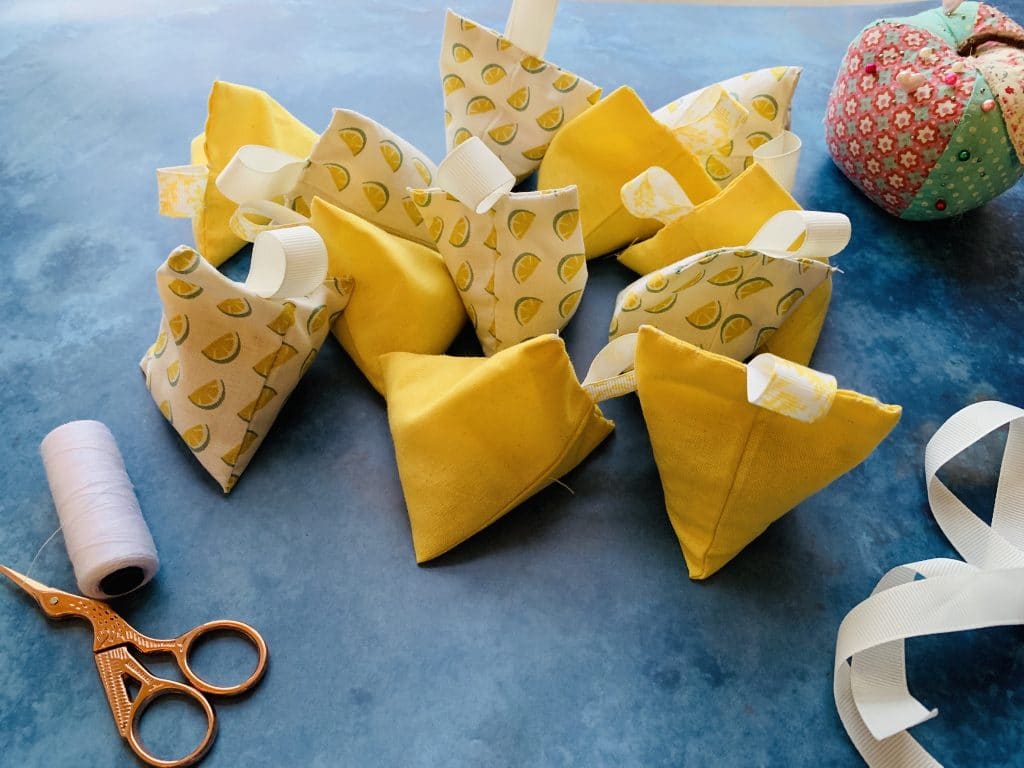
Yes I still do it but think about what it does to your pattern. If you are a little more confident or more advanced look at using weights to hold your pattern in place while you cut out.
I love using my pyramid pattern weights and find them so easy to handle, they aren’t too heavy but hold everything in place.
Iron Before Using
If you are using the original pattern or even a tracing paper version you might want to iron your pattern before using.
I often use my iron on the lowest setting and smooth out before ironing. I even often place a cloth or tea towel over the top.

You can do this for any material type of pattern whether its paper, card or tracing paper or greaseproof paper.
This will help the pattern be more of the natural shape and get rid of any sneaky folds that may have occured while being stored.
Get Acrylic Copies Of Your Pattern
There is a much higher quality method but can also be very expensive. This is purposely if you are using the same pattern day to day or week to week to create something.
This is also super helpful if you are bulk making and need a pattern that will last through many cut outs and will withstand the test of time.
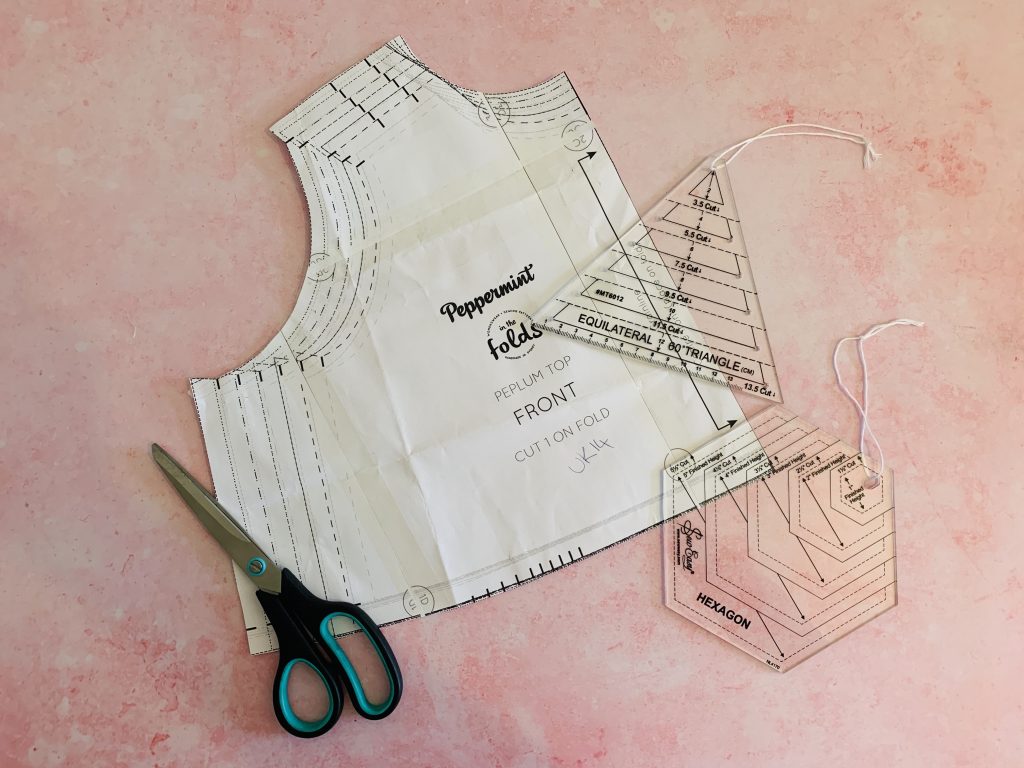
You can get a specialised piece of acrylic cut with your specific pattern pieces. They are very similar to the quilting shapes you can buy and so they are pieces of plastic in the shape of your pattern pieces.
That way you can keep them stacked on a shelf and pull them out when your ready. Simply place on your fabric, put on your weights to hold in place and cut around with scissors or a rotary cutter.
Iron On Heavyweight Interfacing
Another method that is popular in preserving sewing patterns is ironing on interfacing to the back of the pattern.
I really like this idea as you can simply roll up your pattern loosely and store in a box or on a shelf. It can be folded and it would still keep its shape and also be protected from damage.
While it isn’t the cheapest option and using card stock or tape might be better it is still a worthwhile method.
This is also a great idea if you move around spaces or into different places with your sewing pattern and want it to be a little more flexible with your work schedule and lifestyle.
Cut Into Calico Or Stiff Fabric
I have read that some people like to keep a fabric version of their patterns. Though it isn’t a method I would personally use, I can definitely see the benefits.
You can choose a material that works for you but a stiff cotton or calico would be great as you can transfer the markings onto the fabric with a label or permanent marking pen.
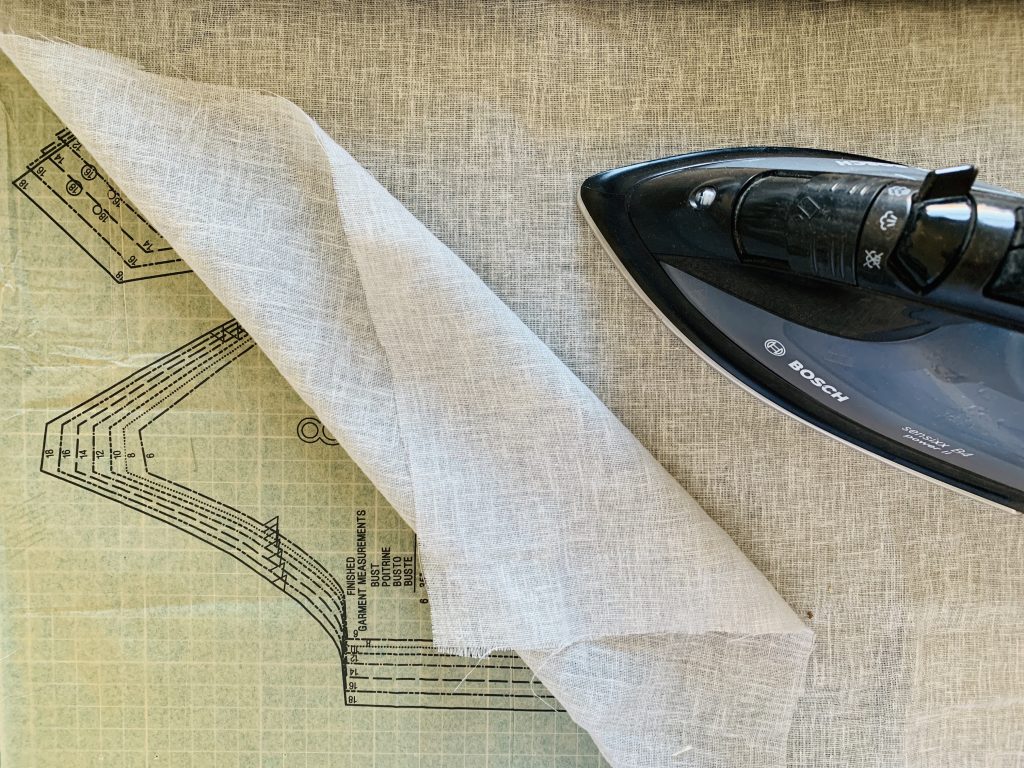
Create the fabric cutouts the same way you would if you were making the garment but make sure all the information is on the pattern piece.
You can also make these stiffer and more durable by making sure the edges are treated to stop fraying and use interfacing or a starch spray to give the fabric rigidity.
I hope you have found this post helpful and given you plenty of ideas to help you reuse your sewing patterns over and over again. If you have any tips or tricks that have worked for you leave me a comment, I would love to know more!

